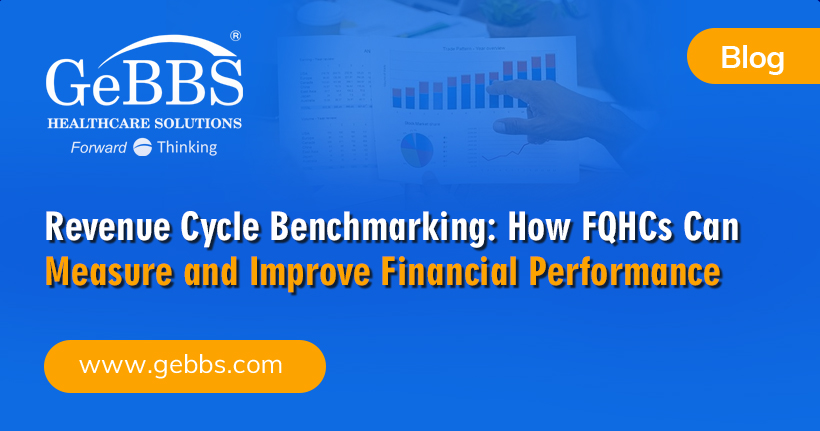No one likes an audit. And simply put, the recent RADV changes have only raised the stakes. Your organization is facing greater scrutiny, greater financial risk, and more audits. You may fear, “How will I ever keep up?” or “How can I keep my cool amid all these changes?”
The path forward begins with focus. By grounding your strategy in the fundamentals and addressing the most significant changes head-on, you can turn uncertainty into resilience. And safeguard revenue instead of risking unnecessary loss.
1. All Eligible MA Plans Audited Annually (vs. 60 Previously)
Welcome to the new reality: every eligible MA plan is now on the audit radar, rather than just the usual 60 odd ones. It’s a big change. And that abrupt shift might feel like being thrown out into the cold without a coat. You were used to the occasional checks, but now you’re up against full-year scrutiny.
While this change is no doubt stressful, there is a silver lining here—audits are now more predictable. You don’t have to guess whether you’ll face one this year. It’s a given. And once you’re audit-ready year-round, you’ll no longer be caught off guard by them.
2. Review Sample Size Jumps Up to Potentially 200 Records per Plan
Going from 35 to possibly up to 200 charts is a big change, and it’s enough to make your gut wrench. Larger samples mean more chances of identifying unsupported risk-adjusted diagnoses. Which will increase the workload and scrutiny pressure on both Medicare Advantage plans and their provider networks—making comprehensive audit readiness essential.
Strong documentation and accurate coding across a broader patient population are now non-negotiable. That means investing in technology, strengthening staff training, and embedding audit readiness into daily operations. Preparation is the difference between scrambling to respond and calmly catching issues before CMS ever requests a record.
3. Clearing the 2018–2024 Backlog by Early 2026
CMS is accelerating completion of a multi-year audit backlog and will work through audits for PY 2018 through PY 2024 in a compressed timeframe. The pressure is palpable. But proactively clearing past risk can reset your foundation.
Think of this change as house cleaning. Strip out clutter and you start fresh, stronger. Letting an audit backlog pile up means you’ll only have to deal with it later. Tackle it now, one record at a time, and you can move forward with a clear focus.
4. CMS Expands Their Coder Team to Roughly 2,000 by Sept 2025
Let’s face it. Expanding from 40 to 2,000 coders is a bit mind blowing. This 50 fold increase reflects CMS’s commitment to stepping up enforcement and oversight. Combined with powerful automation and AI tools, it means CMS can review vastly more medical records in much less time than before.
Bottlenecks and delays that once meant “years of waiting” for audit results will shrink. MA plans will get findings and potential recoupments much faster, shortening the typical audit timeline to months or even weeks. Build your internal teams now—staff up, train regularly, automate smarter—and you’ll sync with the audit velocity instead of chasing it.
5. Use of Advanced Tech & AI to Flag Unsupported Diagnoses
AI is stepping into the audit room. CMS is augmenting human coder review with natural language processing (NLP) and AI to detect patterns of unsupported diagnoses. Algorithms now scan records for weak spots with laser eyes. The accuracy bar is higher than ever.
But smart teams are ones that adopt tech defensively. Take these changes as an opportunity to get your own tech in shape. Adopt AI, data analytics, or automated coding review tools. When you pair your own tools with human intuition, you catch problems early before they catch you. Technologically savvy now becomes a major advantage.
6. Extrapolation of Findings from PY 2018 Onward
While this extrapolation change came into effect in 2023, it is now especially important to keep in mind amid the aggressive expansion of RADV audits. The financial risks are significant. CMS will extrapolate audit error rates from the audited sample to the plan’s entire population, starting with PY 2018. In other words, a small sample error can generate millions in recoupment.
Let’s face it, this extrapolation policy is pretty nerve wracking. Healthcare organizations must take their documentation practices to a whole new level. Accurate, thorough, and well-supported medical documentation is now the standard. To give your organization some peace of mind, it’s wise to have substantial financial reserves in the case of a high error rate, as recoupments may happen quickly.
7. Minor Documentation Errors Can Trigger Clawbacks
With the new RADV audit changes, there’s less tolerance for “gray area” documentation. CMS has emphasized that every condition code must be supported by encounter documentation that’s timely, specific, and complete.
What does this mean for you? Even small documentation gaps can trigger outsized penalties. To protect your organization, follow the suggestions in point 2 above: provide clinicians ongoing training, embed audit-readiness into everyday processes, and lean on technology that flags issues before they snowball. Think of documentation less as a one-time task and more as an ongoing quality practice. Done consistently, it protects your organization today and strengthens your footing for the future.
You Can Overcome the RADV Audit Changes
We’ve entered a new climate of audit intensity. Between the annual audits, expansion of coders, AI screening, extrapolation, and wave of backlogged audits, there’s now unprecedented compliance pressure for MA plans. It can feel like navigating a hurricane. But knowing the storm’s path gives you strategy.
That’s why it’s more important than ever to prepare and plot your course. Conduct mock audits, invest in coder training, partner with compliance vendors, and leverage tech-enabled risk adjustment review before CMS does. The 2025 RADV changes are challenging, but with a proactive approach, they’re challenges you can overcome. Need help adjusting to these RADV changes? GeBBS can help. With deep expertise in HCC coding, risk adjustment, audit defense, and tech-enabled tools that catch issues before CMS does, we give you the confidence to face annual audits without flinching. Think of us as an extension of your team. We help protect your revenue while improving your documentation and coding practices. Because in times like these, trusted partners make all the difference. Contact us today to learn more.






